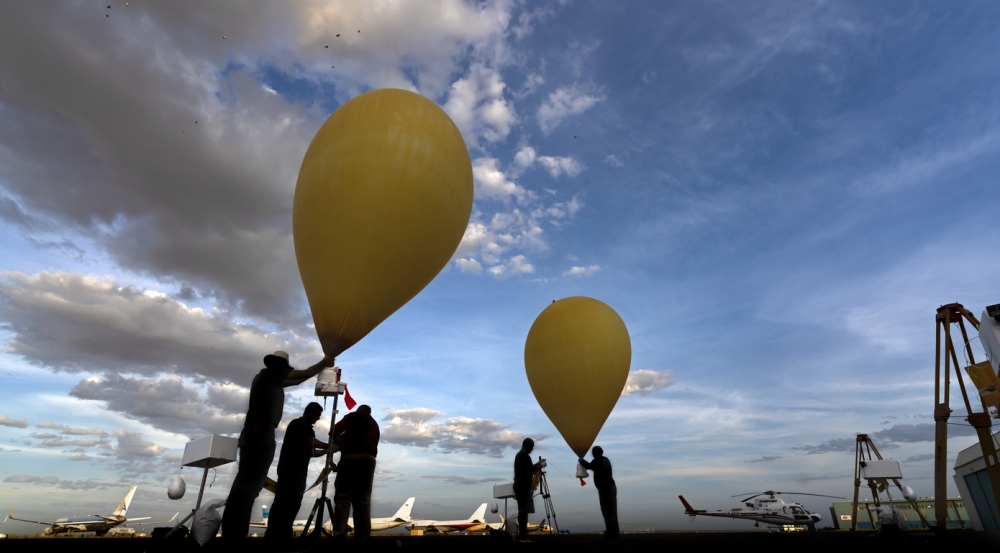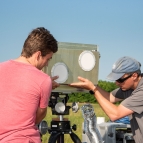Balloon-Based Resilient Communications

We have been developing and testing concepts for using high-altitude balloons as beyond-line-of-sight (BLoS) communication relays that would serve as communications nodes if satellite communications cannot offer sufficient coverage in contested environments. Balloon-borne relays offer several advantages. A helium-filled, latex weather balloon can reach an altitude as high as 100,000 feet. From its perch in the stratosphere, high above weather phenomena and all air traffic, the balloon has a coverage footprint greater than 600 miles in diameter. Each balloon, along with the helium needed to carry it to altitude, can be purchased for only a few hundred dollars. Combined with a small but capable payload, the overall system costs much less to build than other alternatives. The low cost also allows replacement relays to be launched as needed to maintain coverage.
Controlling the flight path of the balloons is one challenge in using this relay system. Lacking any kind of propulsion, the balloons move wherever the wind takes them. This problem is addressed by using altitude control systems that vent gas and drop ballast; by catching different winds at different altitudes, the balloon's flight path can be controlled to some extent.
We have developed advanced beamforming algorithms that work in the extreme delay and Doppler conditions created by the spacing and motion of the balloon swarm. These techniques enable operation in interference and also support efficient use of the RF spectrum by permitting multiple users to operate simultaneously over the same spectrum.
To mature this technology, we have conducted more than 10 flight campaigns, flying more than 50 balloon payloads. In 2019, we participated in a Military Utility Assessment of the system that achieved successful relay communications in the presence of strong interference.



